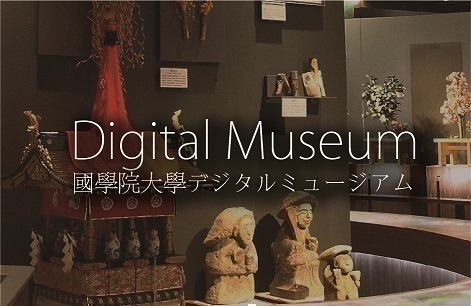- トップ
- Encyclopedia of Shinto
- Jinjashishoku
Encyclopedia of Shinto
| Main Menu: | |
| Links: |
詳細表示 (Complete Article)
| カテゴリー1: | 3. Institutions and Administrative Practices |
|---|---|
| カテゴリー2: | Officiants |
| Title | Jinjashishoku |
| Text | A comprehensive term for shrine ritualists of the ancient period. At the top was the kannushi (here meaning the head of a shrine as opposed to the general meaning of a primary ritualist), or a gūji (chief priest), and below that were ranks and positions down to jinin (a lower-ranking assistant priest). Thus the term is regarded as encompassing all religious professionals at a shrine. Particular shrines established further distinctions of rank and seating hierarchy. It was not until the Meiji era that a standardized system was established. Prior to that, edicts of the Dajōkan (Council of State) in the Daidō, Enryaku, Jōgan, and Genkei eras merely utilized terms like jingūshi, kannushi, and negi (suppliant priest). In addition, a great variety of terminology for shrine personnel may be found historically: saishu, kokusō, jingūshi, daigūji (senior chief priest), gūji (chief priest), shōgūji (junior chief priest), gongūji (provisional chief priest), kannushi, kan'osa, miyaji, miya no kami, negi, gonnegi (provisional suppliant priest), shuten, hafuri, kantonomori, tone, tanamori, azukari, gyōji, jinin, kagura otoko, and mikanko (miko, female shrine attendants or mediums). Compared to this historical variety, the group of people who can be thought of as jinja shishoku (shinshoku) are much more limited. Ranks presently used at Ise Jingū are daigūji, shōgūji, negi, gonnegi, and kujō. Ordinary shrines have gūji, gongūji, negi, and gonnegi. Besides priests, there are many other workers at shrines who perform various tasks. All of them are indispensable for the execution of ritual and the general maintenance of the shrine, although they are not included in shishoku . — Nishimuta Takao |




